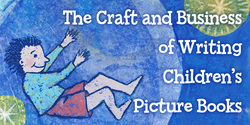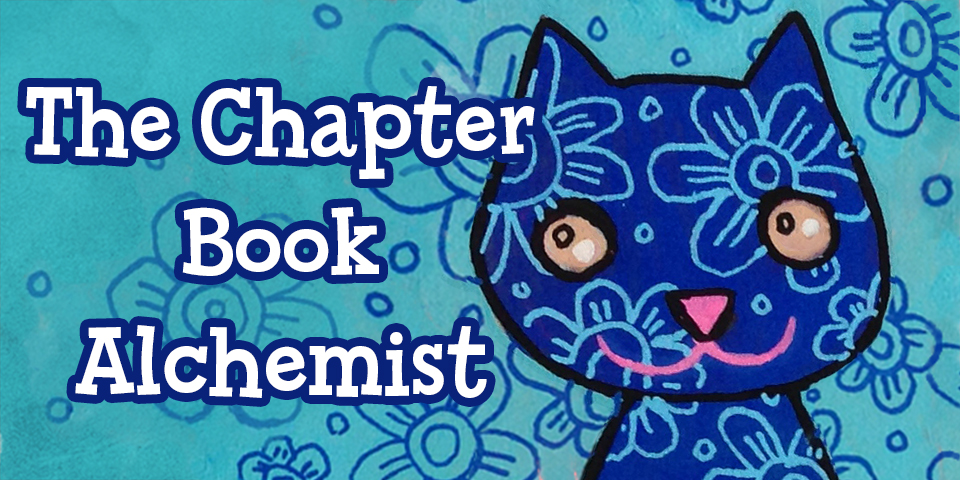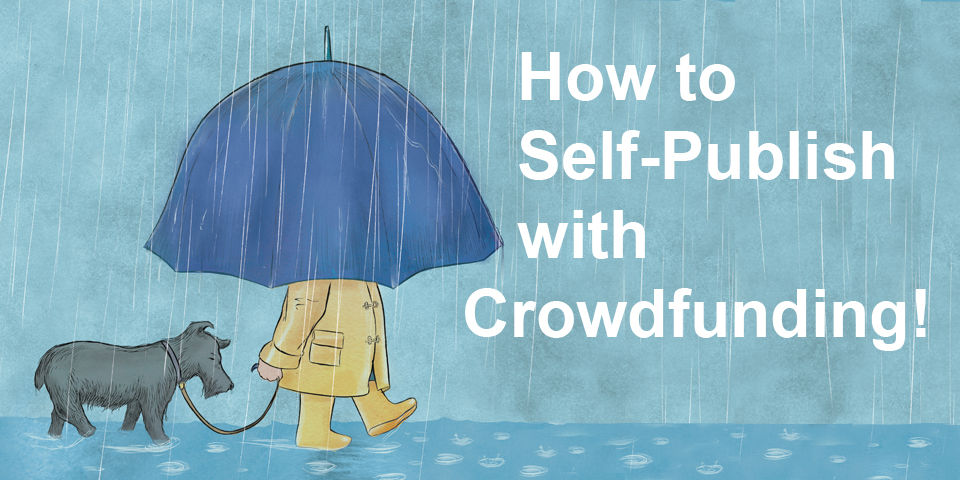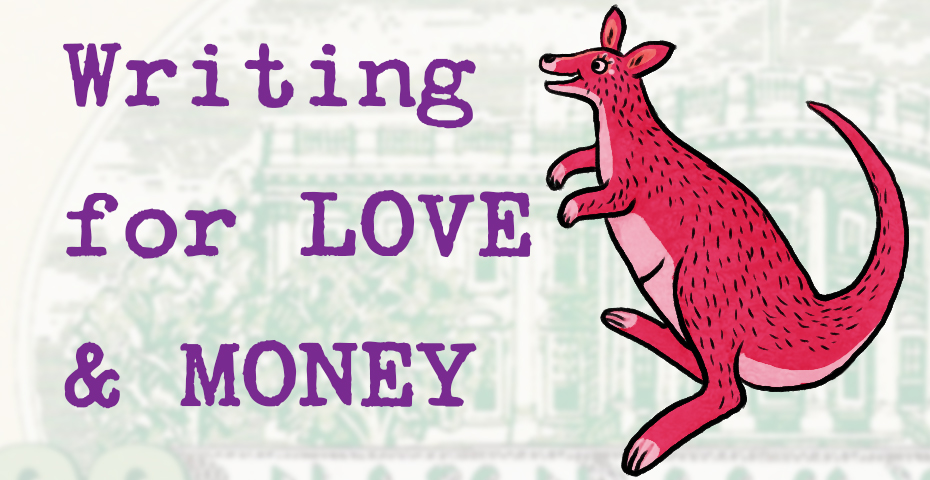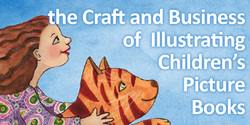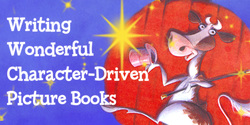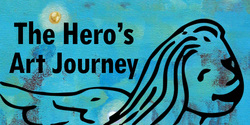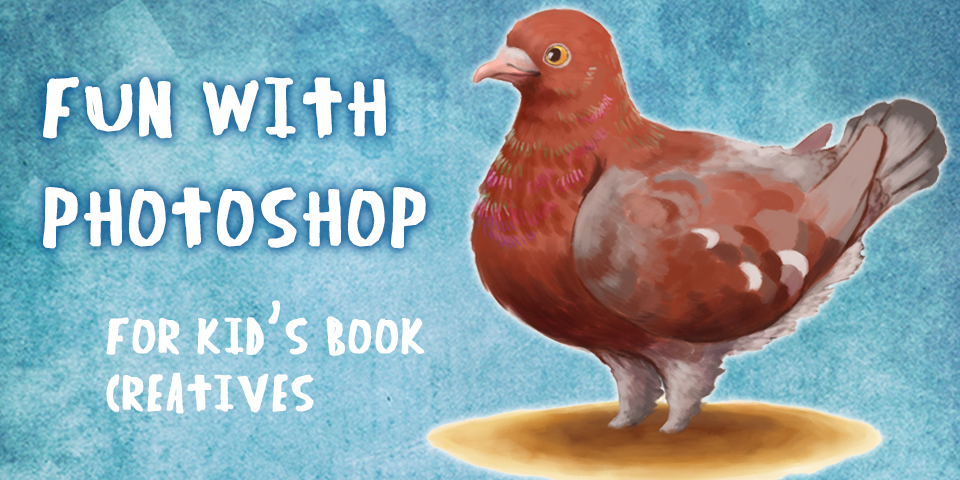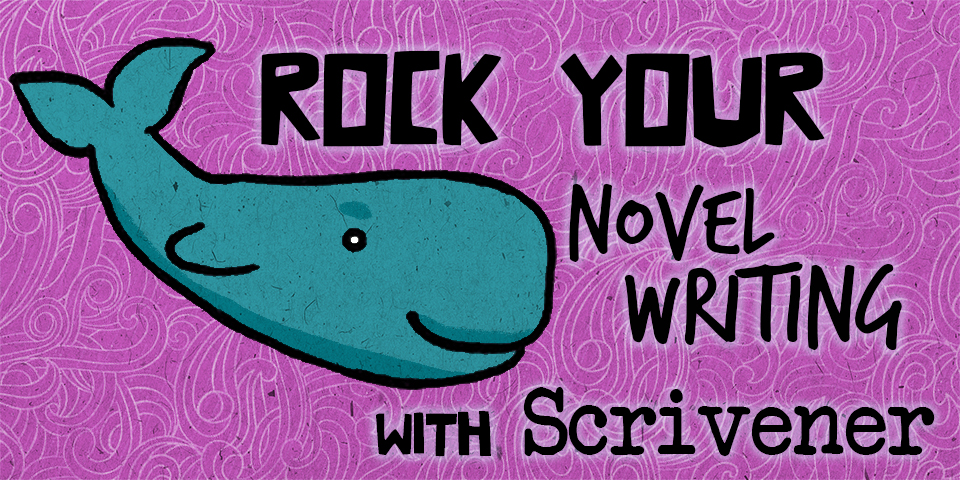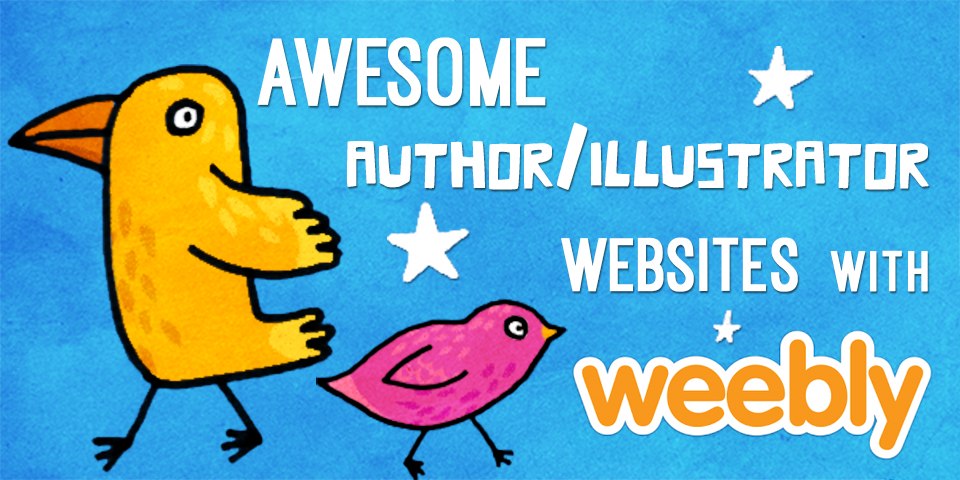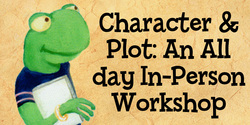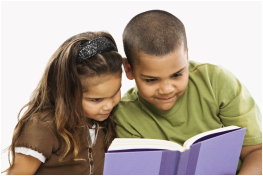 Howdy! I'm feeling very grateful to be posting today from my solo mini-getaway in Truth or Consequences, NM. As a result, I think it's time to lay down some truth about something that has been on my mind as a bookseller and educator, and the consequences I've observed as a result: The phenomenon of "girl books" and "boy books". I am a children's book buyer for an independent bookstore. Therefore, much of my day is spent "boots on the ground", helping customers (an array of parents, kids, educators, and gift-buyers) in the children's section. When adult customers ask for book recommendations for children, it inevitably goes like this: “I’m looking for a book for a (insert age) year-old (insert gender).” If I’m lucky, the kid in question will be there in the store and I can strike up a conversation with her about what kinds of books she’s liked in the past and what she is interested in. This is the information (rather than age and gender) that can help me steer a kid toward a book that will not only work for their reading level, but also their personality, and will keep them on that all-important path toward a lifelong love of reading. If not, I’ll try to glean this information from the adult, but they often look at me like I’ve just asked them to repeat themselves. “Well, he’s a nine-year-old boy. He likes… boy stuff.” I then let out an internal sigh and start blindly recommending things that could work for a kid that age that I know nothing about, all the while trying to gather information about the kiddo to tailor my recommendation as much as possible, based on the adult's reaction to each book I show them. It's all part of the job, but I can't help but wonder why we have collectively decided to put kids in these boxes as though they don't have interests, preferences, or a personality outside of their gender. Imagine an adult customer coming in, stating their age and gender, and demanding a book perfectly suited to their reading tastes. This would obviously be absurd, but we still expect the this from our young readers. 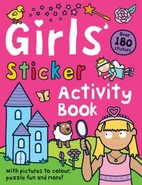 Earlier this year, the Let Books Be Books campaign was launched on the back of the fantastic Let Toys Be Toys in the UK. I certainly applaud this effort, and many publishers and media outlets followed suit, with Usborne and others vowing to remove gender-specific titles, and Katy Guest of The Independent discontinuing the review of “any book which is explicitly aimed at just girls, or just boys”. While this is a great start, these efforts are geared toward titles that are VERY explicitly geared toward one gender, usually coloring books or sticker books that come in boy/girl versions. I think the problem goes a little deeper. 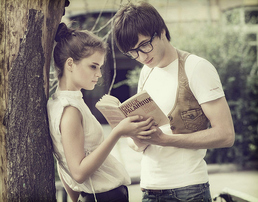 During the last few years, lots of well-intentioned adults in the kid-lit world- authors, editors, retailers, and even educators, have called for two kinds of books that they've seen lacking in the market: those with strong female characters that don't conform to gender stereotypes (e.g. the "powerful princess"), and books with high boy appeal (lots of action and cool male characters or goofy gross-out humor). On the surface, this is great, right? Girls do need more strong female protagonists in their books, and we do need more high-interest books that appeal to boys, so what's the problem? Although I'm always happy to see new types of books written and new types of characters represented in kid lit, these two categories (being heavily pushed by all of us grown-ups who know what's best) are still being presented as for boys and for girls. To me, this defeats the purpose. Adult book lovers know that much of the joy in reading comes from peering into another world and living another person's story. Why do we want to deny our young readers this joy by assuming that they only want to read books with characters that are just like them? Why shouldn't boys be able to read about kick-ass female protagonists? Why do we think that girls don't like action or humor? Even without the glittery/rugged covers, I see these new categories pushing "girl" and "boy" books even further apart. The current push for "boy books" in publishing right now operates on the assumption that boys are naturally reluctant readers, and that girls are naturally great readers. In my years as an educator and bookseller, I've yet to see a correlation between love of books and gender. Where does this leave the girl who hasn't found a pink covered book that works for her and therefore thinks she doesn't like to read? And what about the boy who does want to read the book with the pink cover? What about the kid who doesn't identify with their assigned gender? Books should be a way to learn and escape, not another opportunity for exclusion or bullying. As a retailer, I have to admit that the gendered book model does sell books. Customers ask for them, and therefore editors demand more of them from writers. However, I've seen time and time again that kids, like anyone, are drawn to good stories with great characters and topics that interest them. As the content creators and purveyors (writers, marketers, retailers, etc.), how much should we buy into the boy/girl model? And how will things change if we do?
5 Comments
My children play with each others toys. My son choses toys considered boys toys my girls chose toys considered girls toys, but they will play with each others toys or with the collective group of toys we keep around. My son plays with dolls my girls' play with cars and and they all play with the legos, non-pink and pink. We've never made a big deal out of either. I do think it's safe to generalize that girls like Dork Diaries more than say Captain Underpants, which seems to be naturally appealing to boys, and that's fine. Trying to squash any boyness or girlness for PC purposes is equally harmful. Let the books be written, let the books be read and if a girl reads Spiderman books, fine, if a boy reads Nancy Drew fine. If a boy reads Spiderman books also fine and if a girl reads Nancy drew also fine. I think sometimes we make issues, where if we'd leave them alone, there would likely be none. Thanks for your post.
Reply
Mariana
10/25/2014 08:25:10 am
I think that if there is a push in publishing or an advertising message that directs children to what girls "should" read or what boys "should" play with, it could have a negative influence on what a child might feel is okay to choose for themselves. I do feel that parents and caregivers heavily influence a child's comfort in choosing what is right for them as an individual. There are parents who will tell a boy not to pick a glittery pink toy or tell a girl that a particular story is for boys. When a parent is open and relaxed about choices like Johnell, it's not an issue, but for some families it might be.
Reply
Thank you for this article. I cringe at how much stereotyping goes into marketing toys and books for children. It is incredibly narrow and limits creativity. It can also cause children to shut down parts of themselves they deem socially unacceptable. As a teacher I often had to run interference when children would say, "that's for boys (girls)" or "that's a boy (girl)color." I would pose the question, "can you imagine living in a world where you were told you could only like certain things because you had brown hair?" The children would immediately recognize how ridiculous that was and then the door would open for a boy (girl) to say confidently, "I like pink!" Or some other variation. I think we do have to pay attention and help children be free to be themselves. Their wonderful, little, messy, human selves. Thank you so much for your article!
Reply
Sally Suehler
10/25/2014 11:14:22 pm
My two-year-old grandson plays with cars, trucks and trains. 'Boy' toys. He also has a doll named 'Pink" whom he takes care of. My father would have been appalled. He would have called my beautiful little grandson a sissy. (Or worse) Lets not make the same mistake our forefathers made, be it toys, books or carriers. I agree with Daphne. Let kids be their wonderful, loving, and opened selves.
Reply
10/26/2014 05:41:50 am
Thanks for the great post, Jessie. My first two kids are 18 months apart and a boy and girl. They both love the same books. And luckily for me, my son doesn't refuse to read a book that looks girlie if my daughter says it's a good book. I think you're absolutely right when you say that kids are drawn to a good story no matter what the content or whether it's gender specific.
Reply
Leave a Reply. |
Meet the Friday Blogonauts
First Fridays will feature Bryan Patrick Avery, published writer , man of mystery, and professional magician among other things.
Second Fridays will feature awesome multi-award winning author Marsha Diane Arnold who will be writing about character-driven and/or nature-based books and/or anything she likes :) Third Fridays will feature independent Aladdin/Simon & Shuster editor Emma Sector who has helped bring many books into the world. Fourth Fridays will feature the great Christine Taylor-Butler who has published over 70 award-winning fiction and non-fiction and nonfiction books including the acclaimed new middle grade series - The Lost Tribes. Fifth Fridays will feature the fabulous Carl Angel award-winning multi-published Illustrator and graphic designer. Join our Tribe
and receive 7 Steps to Creative Happiness, access to free webinars, and lots more!
Your email addresses are always safe and respected with us. Follow our Blog!
Archives
January 2019
Categories
All
|
|
Discover
|
About Us
|
Join Us
Join our Community and receive a fabulous free gift, KidLit tips, newsletters, scholarship info, contests, and more!
Join our KidLit Mentorship |
Social Media
Interact with our FaceBook Group or follow us on:
|
© 2010-2024 All content on this website is copyrighted. Sorry, all courses are non-refundable.
